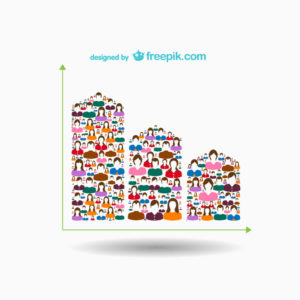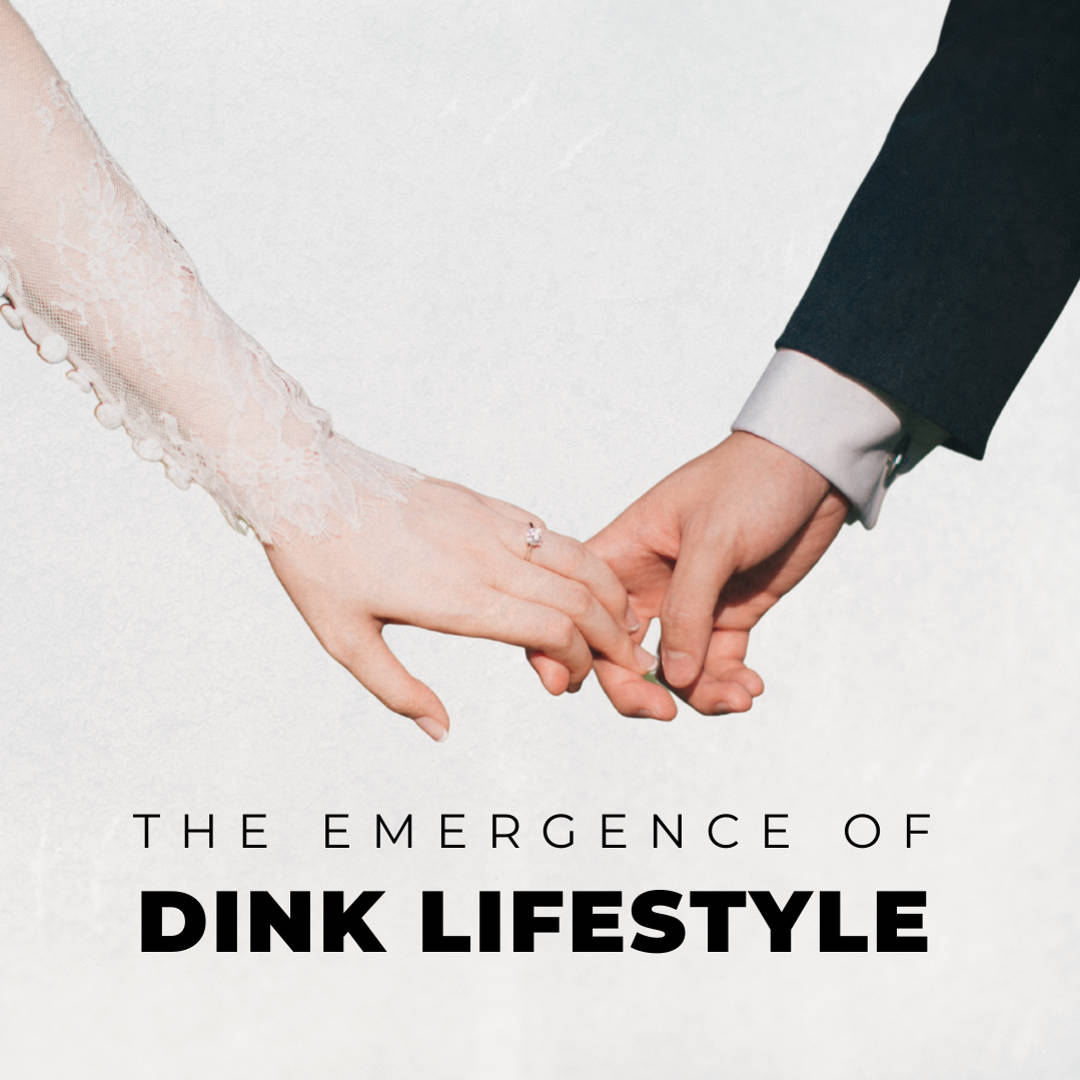Overview:
- DINK Lifestyle is on the rise because of a host of factors.
- DINK is not simply the idea of no kids, it redefines marriage, family and womanhood.
- Parenting is a personal choice. Decision to have or not have kids must be respected.
What Is Dink Lifestyle?
Historically, we have maneuvered from a joint family setting with multiple children, to relatively smaller nuclear families. From the slogan ‘hum do, humare do’, to finally couples with no children at all. From 100 Kaurava sons to an average Keshav and Kiran deciding on having no kids. The institution of family and marriage has transformed by leaps and bounds.
The Gitnux Market Data Report, 2024 highlights that DINK households have increased by 24% in the last decade. This brings us to the discussion on the DINK lifestyle and why it is being increasingly adopted by younger generations.
DINK is an acronym that stands for Double Income, No Kids. It came into prominence in 1980’s. It has resurfaced again because of content creators and influencers on social media like TikTok and Instagram, hyping it considerably.
What Factors Contribute to Dink?
There are many socio-economic and personal-psychological factors that motivate a couple to opt for a DINK lifestyle. Let us take a look at some of them.
Economic factors: It is an established fact that raising kids is a massive financial responsibility. DINK couples hold the view that no children means more disposable income. This means those financial resources could be diverted for the couple’s own leisure and status upliftment. Women have attained more financial literacy over the years. They prefer to invest their money instead of spending it on child-rearing. Average net worth of DINK households is 2.3 times higher than households with children.
Academic/ Professional factors: It is very unfortunate that the professional and biological clock of a woman often coincide with each other. Leaving one’s job to bear children is something that does not resonate with women who have well earning jobs.
Social factors: Social media has been hyping up the idea of DINK couples. Their luxurious lifestyles, exotic vacations and high-end luxury cars. And this coupled with zero responsibility for catering to the needs of an additional family member. This motivates more and more young couples to adopt this lifestyle.

Biological factors: The notion of an ‘ideal body-image’, has only wreaked havoc in the minds of young people. Thanks to social media, an ever increasing number of women are facing issues of body insecurity. Some women do not wish to bear children because of the tremendous toll childbirth brings to their body. The massive weight-gain and body distortions are unacceptable to some women.
Personal-psychological factors: Some couples have experienced childhood trauma, attachment issues and bad parenting, which deters them from child rearing.
How Dink Leads to Women Empowerment?
Generally speaking, majority Asian societies, especially, Indian society and culture, is characteristically a patriarchal, patrilineal and patrilocal society. It was not long ago, when womanhood was synonymous to child bearing. When women were ridiculed for not having a son, let alone children. When women were solely responsible if the couple could not have children even after a few years of marriage.
The DINK lifestyle is more than just the idea of no children. It is about changing the idea of marriage, family and womanhood and gender roles. Marriage is not synonymous to child bearing. Marriage is companionship. And the idea that a family is only ‘complete’ after the birth of a child should be debunked. DINK lifestyle is also busting gender roles of a male bread-winnner and a female care-giver. It is a forward step in the direction of gender equality.
DINK lifestyle is thus empowering women, giving them what they have long coveted – Freedom. Freedom to not be defined by the number of children they produce. Freedom to choose their career and comfort and not be termed selfish. The freedom to claim their bodily autonomy. The freedom to be what they truly want to be and not what the society wants them to be.

DINK is paving the way for the sinking of all archaic notions of womanhood, family and marriage. It is redefining our very social fabric. However, this does not mean that all women should adopt this lifestyle. Real women empowerment is letting women make their own decisions.
Is DINK Lifestyle Sustainable?
DINK lifestyle offers a host of benefits to its recipients. However, the moot question is whether the DINK lifestyle is sustainable or not? It is undisputed that for any species to progress and flourish, procreation is inevitable. South Korea is a case in point, where a new policy of 4 days working week is being implemented. This is done mainly to address challenges such as low fertility rates among other things.
Many countries such as Japan and Italy are facing the problem of an increasing aging population. Therefore, it is argued that the DINK lifestyle must be a choice and not a rule.

Parenting and child-birth is a very personal decision and varies from couple to couple. Couples who wish to bear children for happiness and fulfillment should equally be respected. Reducing infant and maternal mortality rates is crucial. Therefore, there should be investments in the health sector. Incentivising institutional birth, proper prenatal and antenatal care to pregnant and lactating women. And creche facilities and breastfeeding rooms in the workplace are essential.
Conclusion:
DINK Lifestyle is a matter of choice and not a norm. The choice to have or not have kids is a very personal one. Whatever you choose to do, make sure it makes your life more meaningful.


